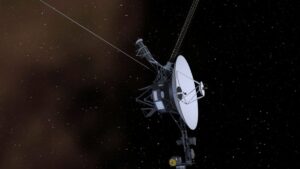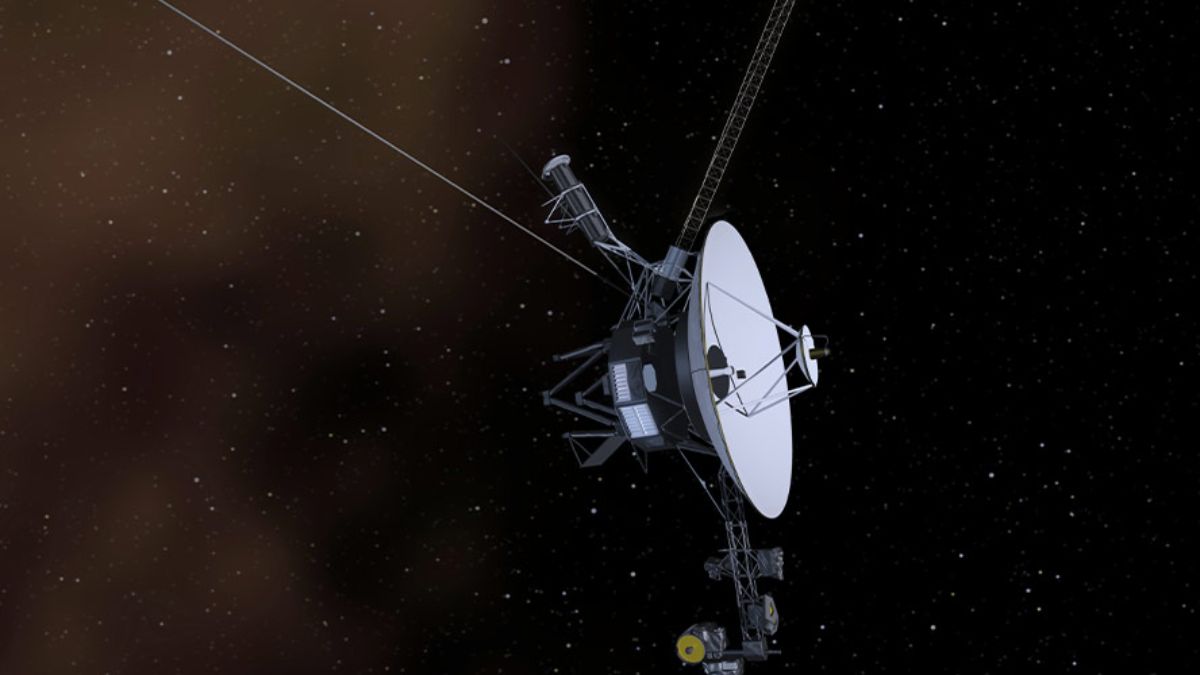The universe has just surprised us again — and this time, it’s with something astronomers are calling the “cosmic unicorn.” Officially known as CHIME J1634+44, this mysterious space object has been caught sending out strange radio signals unlike anything ever observed before.
Table of Contents
Its bizarre behavior is rewriting what we thought we knew about neutron stars, white dwarfs, and the strange things floating out there in deep space.
Let’s break down what makes this cosmic unicorn so fascinating.
Signals
Imagine a lighthouse spinning in the dark, sending out light flashes at regular intervals. Now replace the light with radio waves, and you’ve got a basic idea of what astronomers call a Long-Period Radio Transient (LPT) — a class of cosmic objects that emit regular bursts of radio signals as they rotate.
But CHIME J1634+44 doesn’t just flash once in a while — it does so in two perfectly timed patterns:
- One signal appears every 841 seconds (just over 14 minutes)
- Another signal comes every 4206 seconds (about 70 minutes)
Here’s the strange part: that second signal is exactly five times longer than the first. That’s not random. It’s mathematically perfect, and scientists don’t know why.
Name
So, why the name “cosmic unicorn”?
Because it’s one-of-a-kind. Most LPTs discovered until now are neutron stars or white dwarfs, and they usually spin slower over time as they lose energy. But this one? It’s speeding up.
That’s completely the opposite of what scientists expect. And as if that wasn’t strange enough, its radio waves are 100% circularly polarized, meaning they spiral perfectly through space. This kind of precision is something no other known object of its type has ever shown.
Unicorns are rare. So is this object. Hence the name.
Theories
Now here’s where things get even more interesting.
Scientists believe the signals are coming from one place in space, but there’s a problem — a single star can’t produce such complex patterns. That means the “cosmic unicorn” might not be alone. It could be part of a binary system.
Here are the leading ideas:
- A neutron star with a mysterious companion in orbit
- Two stars orbiting each other so closely that their movements blend into a synchronized dance of signals
In either case, the theories suggest that our models for how these types of stars behave might need some serious updating.
Discovery
So how did we even spot something this weird?
The discovery was made possible thanks to a collaboration of four powerful telescopes across the United States and Canada, including instruments connected with NASA. One of the key players was the CHIME telescope (Canadian Hydrogen Intensity Mapping Experiment), which specializes in scanning the sky for radio signals.
By combining data from all the telescopes, astronomers were able to verify that:
- The signals were repetitive and synchronized
- They were unlike any previously observed LPT
- They came from the same region in space every time
The lead researcher, Fengqiu Adam Dong, said this finding adds to the growing list of strange objects out there — and suggests there may be many more like it, still hiding in the sky.
Importance
This isn’t just a cool discovery — it could change the rules of space science.
Let’s sum up what makes CHIME J1634+44 so special:
| Feature | What Makes It Unusual |
|---|---|
| Dual Signal Patterns | 14 and 70 minutes, perfectly synchronized |
| Accelerating Rotation | Spins faster, not slower like typical stars |
| Spiral Radio Waves | Emits 100% circularly polarized radio bursts |
| Possible Binary System | Signals may be created by two orbiting objects |
Each of these features challenges what we thought we knew about how stars behave — especially neutron stars and white dwarfs.
This discovery doesn’t just add a new name to the list. It opens the door to a whole new class of objects that could reshape our understanding of the universe.
So the next time you look up at the stars, remember: there might be cosmic unicorns out there — hiding, spinning, and waiting for us to find them.
FAQs
What is the cosmic unicorn?
A space object with never-seen radio signals, named CHIME J1634+44.
Why is it called a unicorn?
Its behavior is unique and breaks known patterns of star physics.
How often does it send signals?
Every 841 and 4206 seconds, perfectly synchronized.
Is it a single star?
Probably not — it may be part of a binary system.
Why is this discovery important?
It challenges existing theories about neutron stars and radio waves.

















